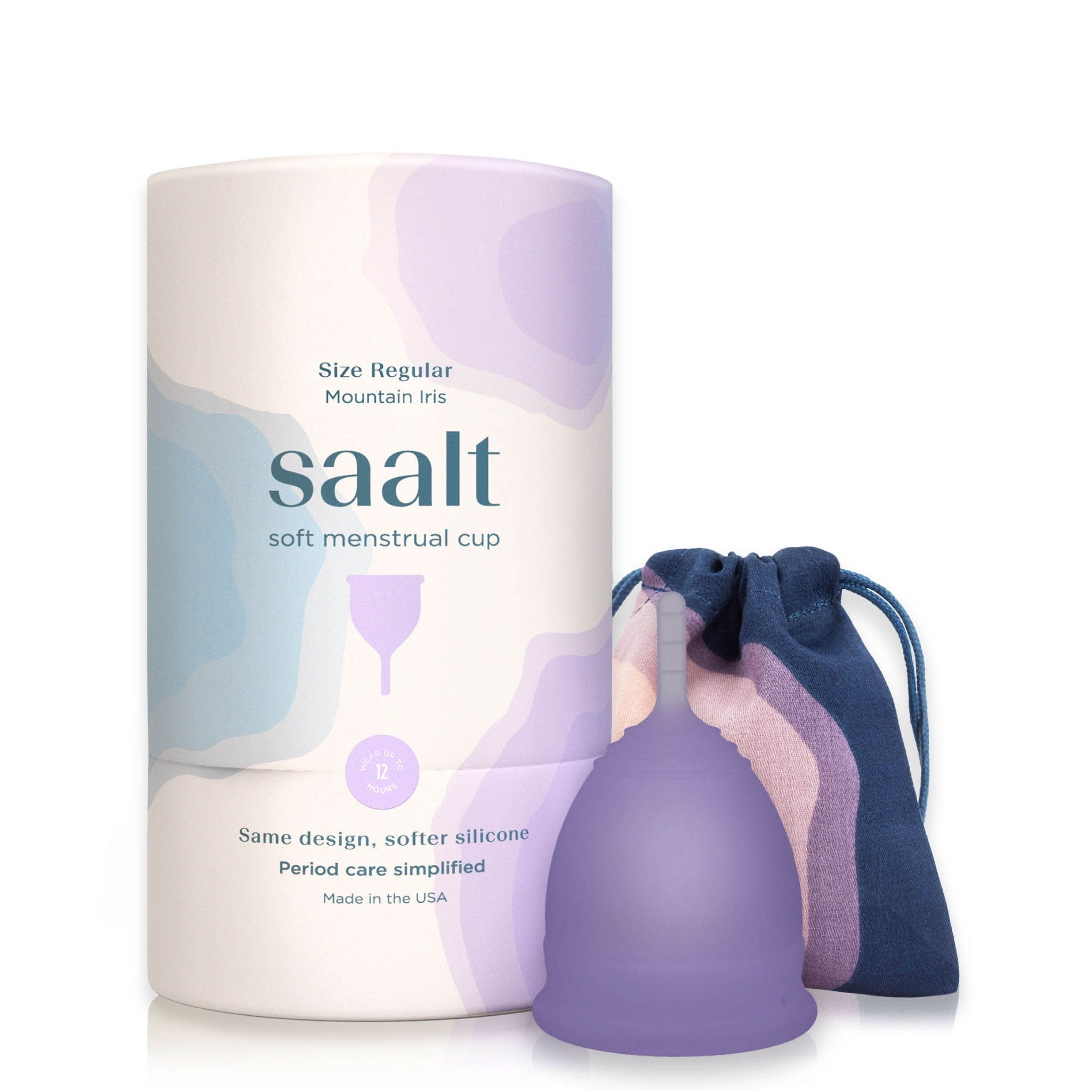Is Vaginal Discharge Normal?
I recently learned that people with a period can experience roughly 3 weeks of wetness throughout the month to varying degrees, all as a normal part of their menstrual cycle. I don’t know about you, but it took me a very long time to learn that vaginal discharge was normal. There have been numerous times when I felt a slight “gush” or wetness down there when I wasn’t expecting my period and totally panicked. I was not ready for my period, and now it decides to come early?! I would scurry to the restroom to find… discharge. I certainly felt a wave of relief for not having to handle my period yet (clearly before I learned about Saalt Wear), but I still didn’t quite understand why I had discharge in the first place. So, what is vaginal discharge and why does it occur?
Does Cervical Mucus Change Throughout Your Cycle?
Vaginal discharge is an umbrella term that refers to any fluid that comes out of the vagina. This includes menstrual fluid, cervical mucus, arousal fluid, or even unhealthy discharge that can accompany an infection. Healthy cervical fluid is your body’s way of keeping the vagina, uterus, and cervix clean. It’s essentially a self-cleaning mechanism that our amazing bodies do for us each month. The color, consistency, and amount of discharge can vary depending on what phase of the menstrual cycle we are in1. The first few days of your cycle are your period, so the discharge is usually a red color as it is excreting your menses/blood. The week after your period is when people typically notice less vaginal discharge. As the egg starts to mature, the cervical mucus (discharge) will become more cloudy and may appear white or yellow1. It may also feel sticky to the touch. The following week is typically your ovulation window. This means leading up to ovulation, your cervical mucus will be an egg white consistency (thin and slippery)1. After you ovulate, your cervical mucus will go back to being cloudy and possibly sticky again1. The discharge will be lighter in the days leading up to your period as your body prepares to begin a new cycle..
Healthy vs. Unhealthy Vaginal Discharge
Not all discharge is the same. If you notice changes in your vaginal discharge’s color, consistency, or smell, it may indicate an infection or other problem. If you experience your discharge having a foul odor, looking foamy or like cottage cheese, changing to a green/yellow/gray color, or causing itching or swelling in the vagina, we would recommend speaking to your medical provider2. Many medical providers do not recommend douches as a way to clean and/or get rid of vaginal discharge as douching can upset the natural balance of organisms and pH in your vagina2. Normal, healthy vaginal discharge should not be thought of as unclean or unhealthy. It’s a very efficient way for your body to self-clean and discard fluid and old cells2.
Does Period Underwear Help With Discharge?
Period underwear has become a game changer for me throughout all phases of my menstrual cycle. I started out just wearing them during my period as a backup to my menstrual cup and loved how they kept me dry. I have loved my leakproof underwear from Saalt so much that I wear it during my ovulation week when my discharge is heavier. The gusset is so thin that it feels like regular underwear, but the amazing absorbent layers keep me feeling dry. No more frantic sprints to the bathroom wondering if I started my period early anymore. My personal favorite styles of Saalt’s period panties are the super soft Comfort Thong and our new breathable Cotton Bikini.
Sources:
1. https://www.medicalnewstoday.com/articles/322232#what-is-vaginal-discharge
2. https://my.clevelandclinic.org/health/symptoms/4719-vaginal-discharge
tags: How can I manage discharge - Saalt, Leakproof Underwear,










